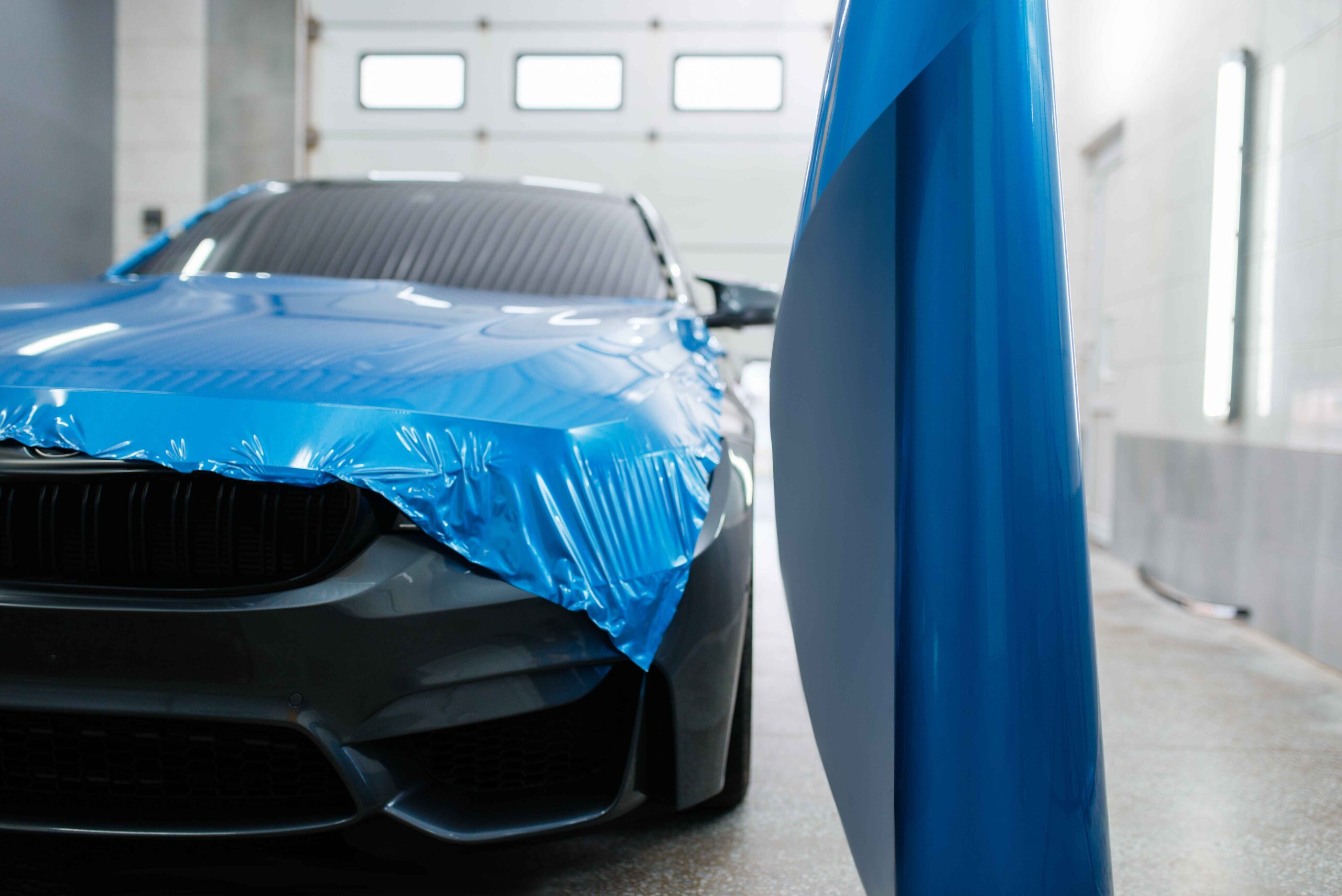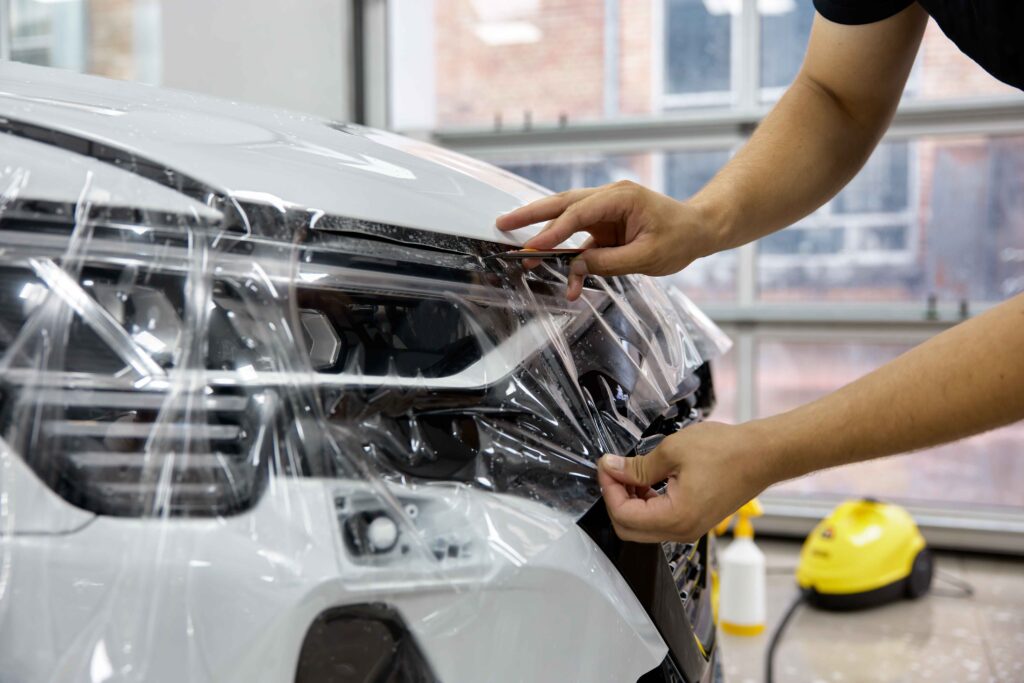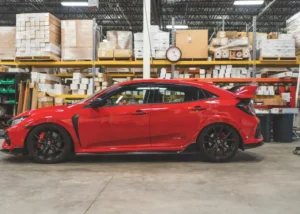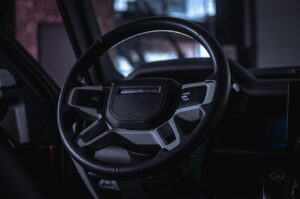
For many car owners, wrapping has become the go-to solution for upgrading their vehicle’s appearance while protecting its original paint. Yet one of the first questions people ask is: what is the cost to vinyl wrap a car? The answer isn’t as straightforward as a single figure—it depends on factors such as material quality, vehicle size, design complexity, and installation expertise. Understanding these variables helps drivers make an informed decision about whether wrapping offers the right balance of cost and value for them.
Material Quality Matters
The type of vinyl used plays a significant role in pricing. Standard films are more affordable, but premium brands offer longer-lasting durability, stronger UV resistance, and finishes that look closer to factory paint. Matte, gloss, metallic, and chrome finishes all come with different price points, with chrome and specialty textures often costing significantly more. Investing in high-quality vinyl may increase upfront costs, but it also ensures better performance and longevity.
Vehicle Size and Design Complexity
The larger the vehicle, the more material and labor are required, which naturally raises the cost. Wrapping a compact car is usually more affordable than wrapping an SUV, truck, or van. Design choices also make a difference. A simple solid color wrap costs less than a fully customized design with intricate graphics, gradients, or branding elements.

For businesses seeking fleet wraps, bulk pricing is often available, though total costs are higher because of the number of vehicles involved. In these cases, the long-term advertising value typically offsets the investment.
Professional Installation
While DIY kits are available, professional installation is always recommended. Skilled technicians ensure that the wrap is applied seamlessly, without bubbles, creases, or peeling edges. Their expertise not only guarantees a polished finish but also extends the lifespan of the wrap. Professional services may cost more, but they provide peace of mind that the job is done right.
Comparing Wrapping to Painting
Many drivers compare wrapping costs with the expense of a full-body paint job. While painting can sometimes be cheaper in the short term, it lacks the flexibility and protective benefits of vinyl. Wraps are reversible, allowing owners to change styles without damaging the original paint. This makes them particularly valuable for preserving resale value, since factory paint remains untouched beneath the wrap.
Long-Term Value
When considering the total cost, it’s important to weigh long-term benefits. A vinyl wrap can last between five to seven years with proper care, during which time it shields the paint from UV rays, scratches, and weather damage. This preservation adds significant value when it comes time to sell or trade in the vehicle. Additionally, changing the look of your car through wrapping often costs less than purchasing a new car to achieve the same effect.
Final Thoughts
While the exact cost to vinyl wrap a car depends on several factors, it’s clear that wrapping offers both short-term style upgrades and long-term financial benefits. From protecting paint to offering unlimited customization options, wrapping is more than just an expense—it’s an investment in your vehicle’s value, appearance, and versatility.





